- Key Of: D
- Solo: D Pentatonic Major (with a few alternates)
- Instruments: Acoustic Guitar
- Tuning: Standard
“Maggie May” is a song written by Rod Stewart and musician Martin Quittenton and recorded by Stewart in 1971 — a solo work under the Mercury Record label, not involving his group The Faces, who were contracted with Warner Brothers (though several members of The Faces appear on the album that this song comes from, Every Picture Tells a Story; and Ronnie Wood plays all the guitar and bass parts). The song expresses the ambivalence and contradictory emotions of a young man involved in a relationship with an older woman and is thought to have been written from Stewart’s own experience.
It was initially released in the United Kingdom as the B-side of the single “Reason to Believe”, but DJs became more fond of the B-side and, after two weeks in the chart, the song was re-classified with “Maggie May” as the A-side. However, the single continued to be pressed with “Maggie May” designated the B-side.
In October 1971, the song went to number one in the UK, and simultaneously topped the charts in the United States; Every Picture Tells a Story achieved the same feat at the same time — a feat achieved by only a handful of performers, notably The Beatles, Simon and Garfunkel and Beyoncé.
The song launched Stewart as a solo performer, and remains arguably his best-known song. A famous live performance of the song on Top of the Pops saw the Faces joined onstage by DJ John Peel who pretended to play the mandolin (the mandolin player on the recording was Ray Jackson of Lindisfarne). Stewart himself was amused by the song’s success saying, “I still can’t see how the single is such a big hit. It has no melody. Plenty of character and nice chords, but no melody.”
The song re-entered the UK charts in December 1976, but only reached number thirty-one. No other act has released the song as a single, though Blur, Wet Wet Wet and Ben Mills have recorded versions of it, and Melissa Etheridge has performed it in concert, as have The Pogues and The Dirty Three.
Intro

Here is the first bar below:
Here are the rest of the measures:
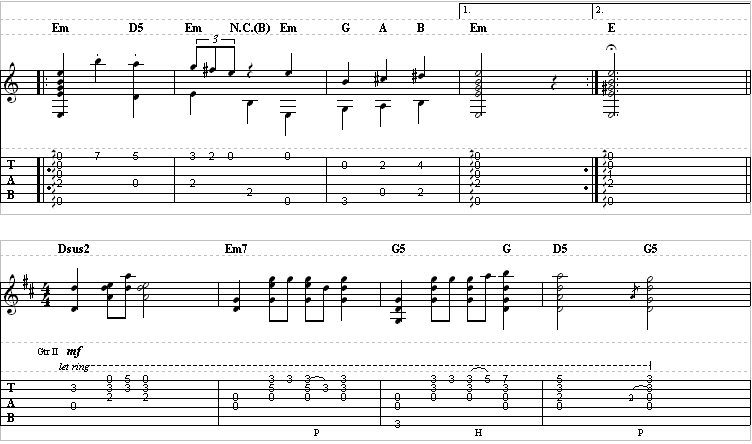

Full Intro
Verse
The verse is using standard strumming patterns, as seen on the video below:
Chords used:
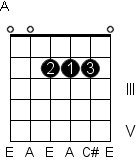
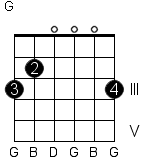

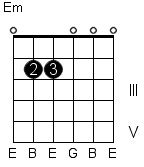
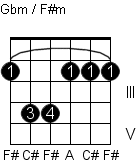


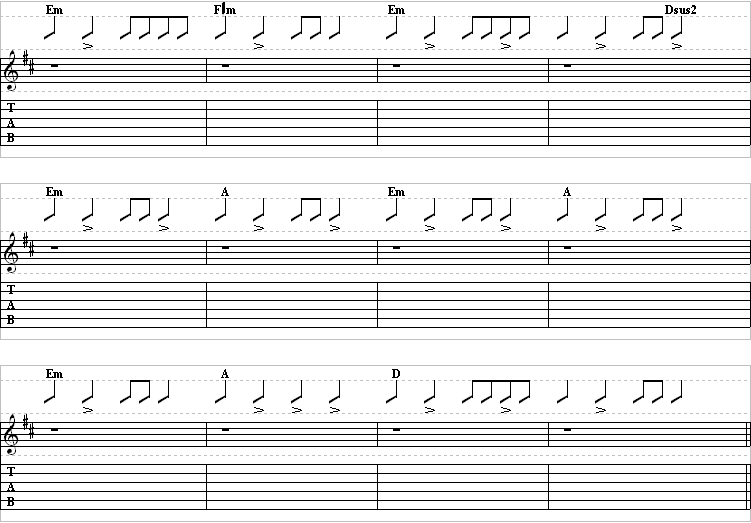
Guitar Solo 1
The videos for this guitar solo will primarily cover the second solo as well, so if you can play this part, you can play the other solo that ends the song.
Chords used:
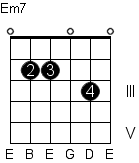




Guitar 1: (chords)
Together:


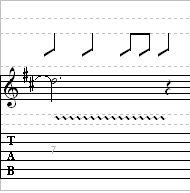
Guitar Solo 2
I didn’t go all the way to the outro here, as it is basically the same thing as what you have learned at the end of this solo part.
Chords used:





Guitar 1: (chords)
Guitar 3: (lead mandolin)
Together:
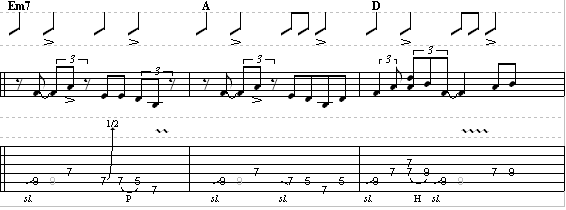
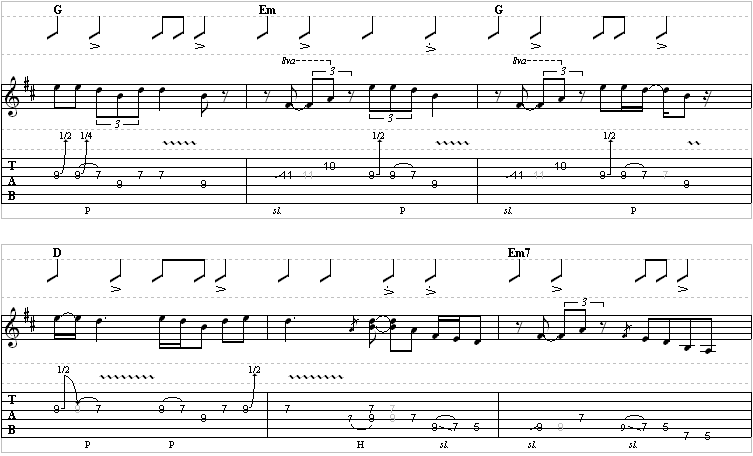



Complete Transcription In PTB Format
Complete Transcription In PDF Format
